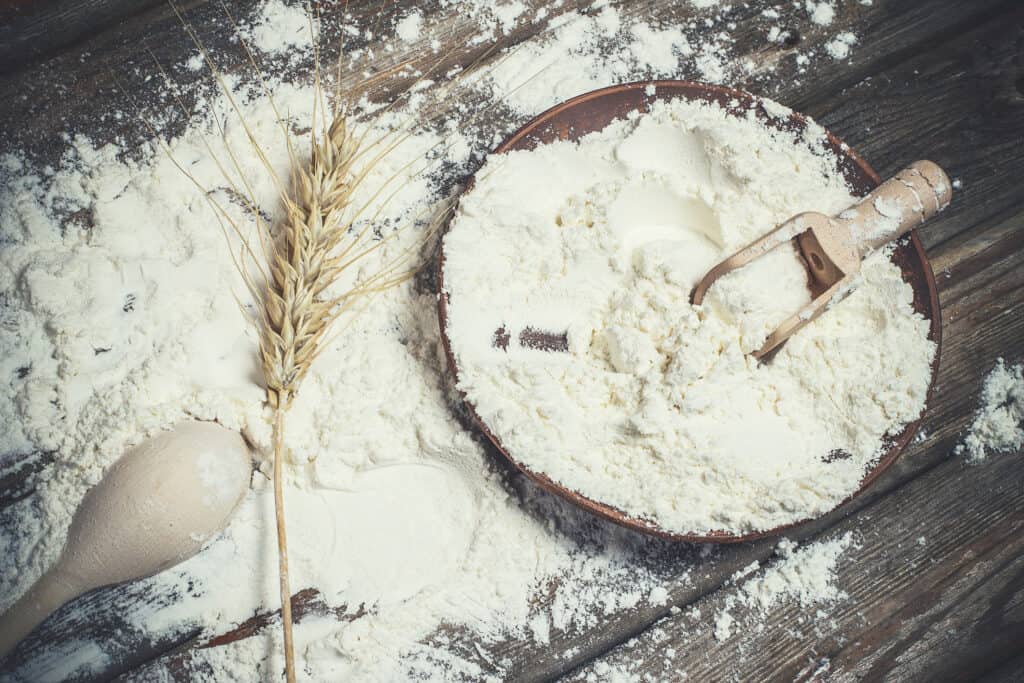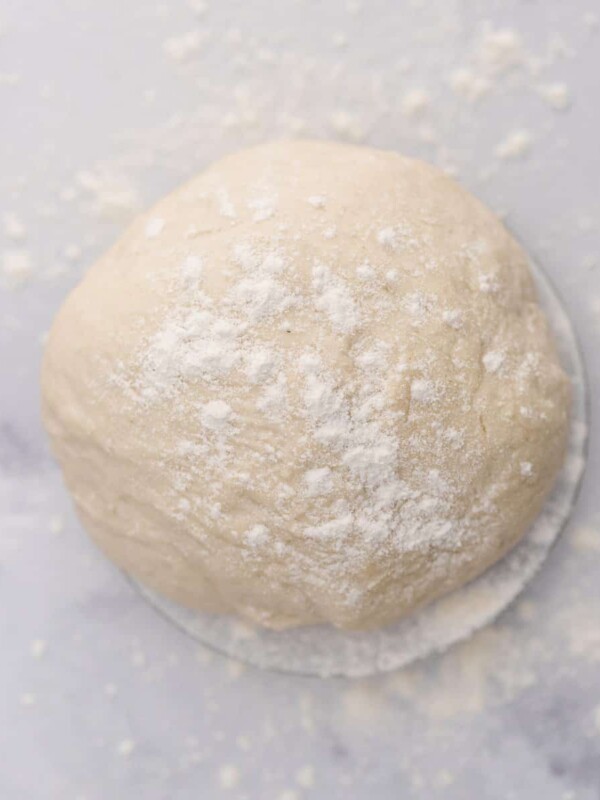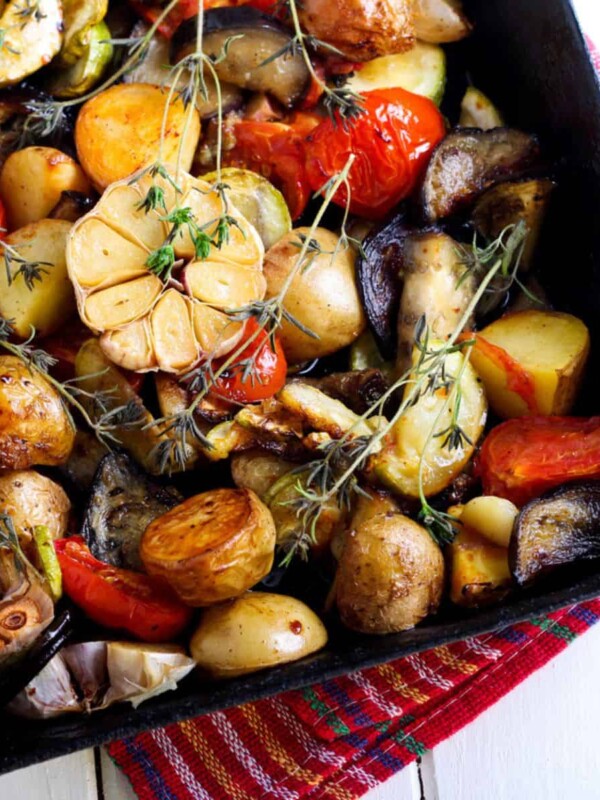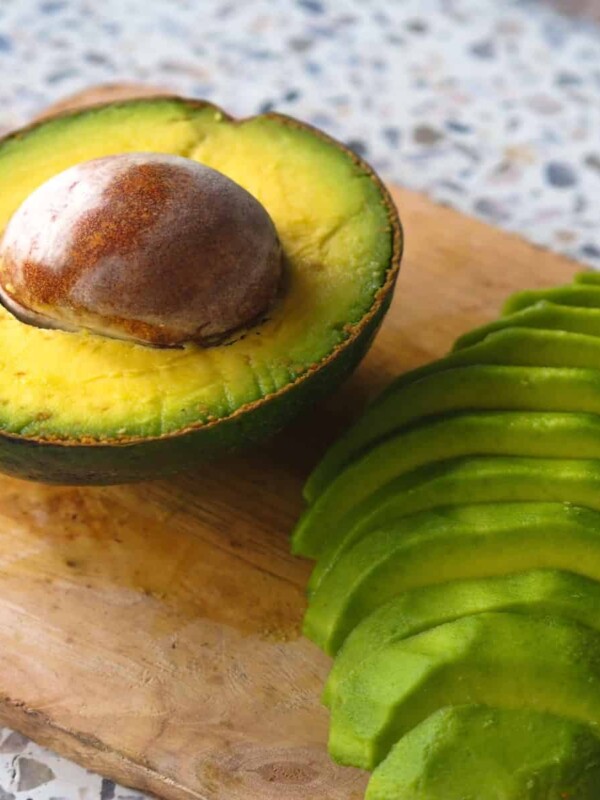This post may contain affiliate links. Please read our disclosure policy.
Flour has always been the most important pantry staple and the base for most irresistible baked goods. And, when it comes to choosing the right all-purpose flour, most of us are faced with uncertainty. For it is absolutely challenging to distinguish between the seemingly interchangeable bleached and unbleached flour.
It is no secret at all that flour plays a vital role in producing good quality baked products. So, if you are wondering which type of all-purpose flour to choose from, and what is the difference between bleached and unbleached flour? We are here to help you out!
The Most Important Pantry Staple

What are the Two Types of All-Purpose Flour
Nowadays new kinds of flour are being produced, which made it more difficult for people and bakers to decide on the best flour option. Since each type has certain factors that serve a specific purpose.
Besides, all-purpose flour which is most commonly used out of all kinds of flours has two categories. Bleached and unbleached. I am mostly certain that many people don’t even know that these two categories even exist. And if they do, they more likely can’t figure out the difference.
Bleached and unbleached flour may look exactly the same, but when you look closely you will notice a very slight difference between the two. And to find out more about these two types, stick around for a thorough explanation!
What is Bleached Flour?
First of all, let us all agree that both flours are bleached. However, bleached flour is treated with so many chemicals such as chlorine, benzoyl peroxide, and other agents to speed up the bleaching process. Right after milling the wheat into its powder form which is flour.
Then, after bleaching the flour with the chemical agents mentioned above, it gets way softer and smoother. Not only does bleaching change the texture, but it also brightens the color of the flour too. Therefore, the flour gets chalky white and its natural ivory color fades away completely.
Besides, bleaching mostly affects both the color and the texture of the flour. But, it doesn’t alter the flavor. Yet, it enhances the baked goods in different means.
For instance, bleached flour is said to produce fluffier, softer, smoother, and more clear-colored baked products than those made with unbleached flour. Bleached flour is ideal in muffin, pie crusts, cookies, and pancake recipes such as these delicious Pumpkin Cream Cheese Swirl Muffin, Almond Milk Strawberry Pancakes (Dairy Free, and Gooey Marshmallow Chocolate Cookies.
What is Unbleached Flour?
Unbleached flour is a kind of flour in which it bleaches naturally with time without treating it with any sort of chemicals. Hence, it is brightened progressively.
The color of unbleached flour is definitely different than that of bleached one. It has darker white color with denser texture, more protein, and stronger taste than bleached white flour.
And due to its thicker consistency, it makes it an ideal foundation to baked goods that require more gluten and those that are formed into a specific shape. For example, bread, puff pastries, and éclair recipes such as these Easy Olive Bread, Double Chocolate Banana Bread Recipe, and Chocolate Chip Banana Bread. In addition to other sweet pastries and savory baked goods.
Unbleached flour is gradually brightened and lightened rather than treated with chemicals. Thus it requires more time to produce than bleached flour. Which explains why it is more expensive compared to the latter.
The Science Behind Bleached and Unbleached Flour

What are the Differences Between These Two Types of Flour?
To start off, we already mentioned that all-purpose flour can be categorized into two groups which are bleached and unbleached all-purpose flour. They both differ in colors, textures, and the process of bleaching.
Both types of flour are milled but the difference lies in the steps that come after the milling. For bleached flour, it gets treated with chemicals that brightens its color and softens its texture.
While unbleached flour does not undergo this process. Instead, companies tend to leave the flour to bleach on its own. Hence it has a yellowish color and denser consistency from that of bleached flour.
However, it is not a big of a deal if you use both flours interchangeably. Since they don’t have significant differences. The type of flour you will use will not affect the flavor unless you are a supertaster then you might sense a slight difference!
But other than that, your baked goods will turn out to be delicious, no matter what type of flour you choose.
The Two Main Types of All-Purpose Flour

Frequently Asked Questions (FAQs)
Bleaching is a famous chemical treatment that brightens grains. It is commonly used to treat milled wheat to soften its texture and whiten its color. The chemicals used are, benzoyl peroxide, chlorine, and nitrogen dioxide.
Bleaching treatment adds chemicals to the flour and these chemicals might carry some risks. Plus, bleaching strips out the flour from some nutrients.
Yes, you can choose to use the flour you want, since the differences between bleached and unbleached flour are not significant. They are merely differences in the color and the texture of the flour. So the outcome will not be severely affected by your choice.
Don’t Miss Out On These Useful Blogs
- Salted Vs Unsalted Butter
- Brown Sugar vs White Sugar
- Marinara vs Tomato Sauce
- Instant Pot vs. Rice Cooker ?
- Maple Syrup vs Agave Syrup
- Almond Flour vs White Flour
- All-Purpose Flour Vs. Bread Flour
- Ramadan Fasting vs Intermittent Fasting
- What Cheese to Serve on a Charcuterie Board
- Is Chickpea Pasta Really Healthy?




